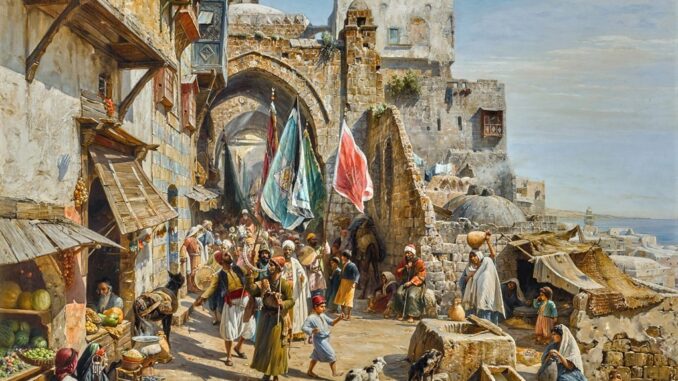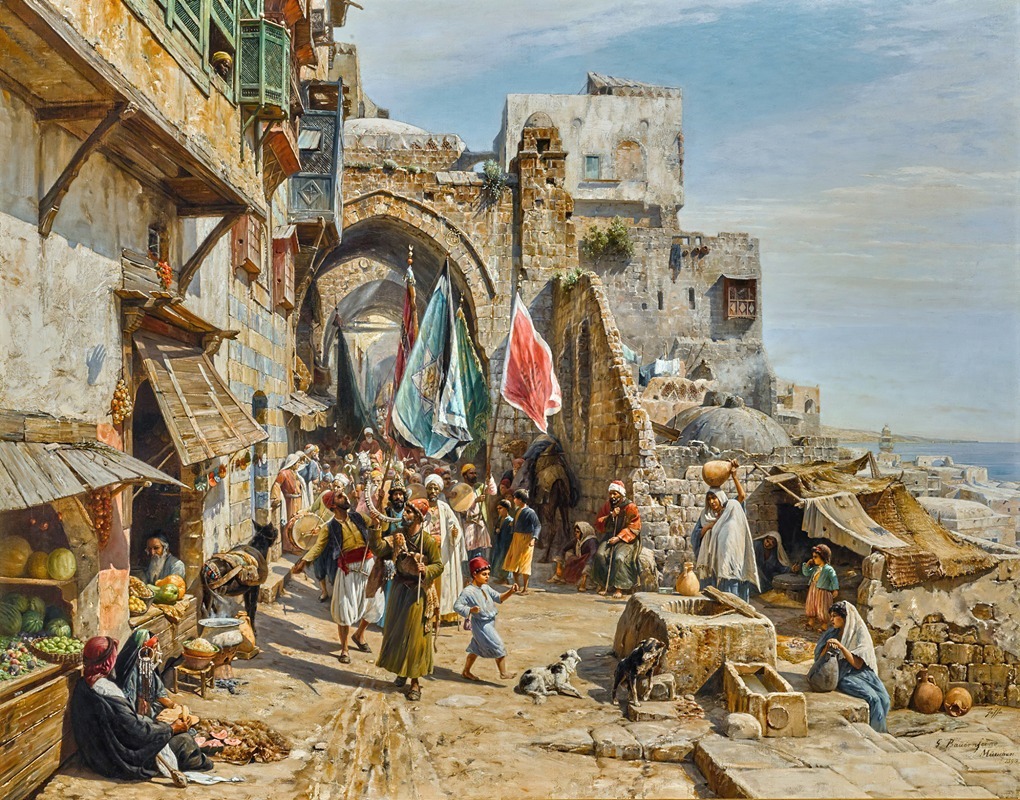
Webinar on the semiotics of today’s orientalism by Professor Lia Yoka (Aristotle University Thessaloniki)
Orientalist painting: rigid metaphors, flexible meanings
Abstract
The allure and cultural backwardness of an imaginary East in dominant Western discourse, a set of values and stereotypes that historically encouraged prejudice against and exclusion of actual people and texts, was famously articulated in Edward Said’s Orientalism (1978). Art historical literature has since confirmed that 19th century painting of the orientalist genre responded to or helped shape this imaginary geographical/cultural divide. Today, however, typical orientalist paintings are being auctioned and appreciated by collectors and museums worldwide as tokens of aesthetic-technical merit or pride in Islamic tradition.
Is the discussion on the iconography of orientalism still relevant the way it was 50 years ago? How does the fate of orientalist images today inform our understanding of the (conceptual and institutional) category of high art? Can we speak of neo-orientalism, and what would that mean?
The presentation will address these questions through pointing to the kinds of metaphors used in European representations of social subordination, as well as to how, and why the orientalist trope renewed this conventional vocabulary.
Lia Yoka teaches art history and semiotics at the School of Architecture, Aristotle University of Thessaloniki and coordinates a prison education program for the Interdepartmental Postgraduate Program Art in the Public Sphere. She is currently vice president of the Society of Greek Art Historians and assistant editor of punctum.

image [attached – wikimedia commons license] : Gustav Bauernfeld: Procession in Jaffa,1890
Panel
Sotirios Bahtsetzis (University of Thessaly)
Mahmoud Bitar (University of Toronto)
Sherry Millner (University of New York)
Aspasia Papadima (Cyprus University of Technology)
Moderator
Federico Bellentani (University of Torino)

Be the first to comment